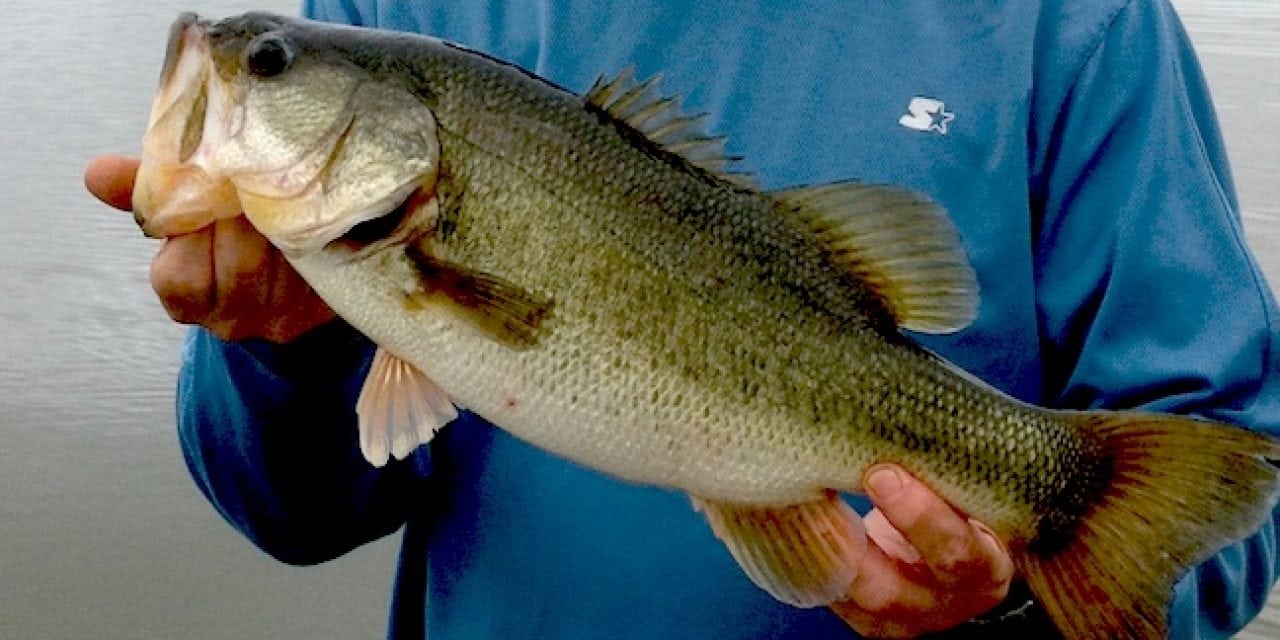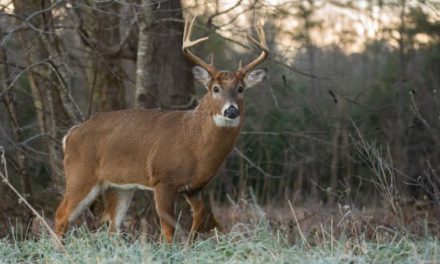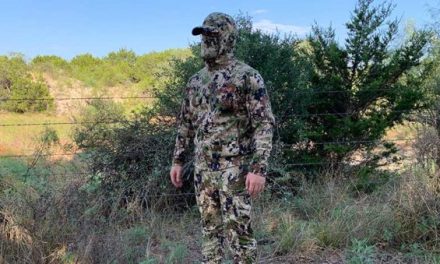It’s a great time for Volunteer State sportsmen and women, as fall hunting and fishing opportunities abound throughout the state.
By John Gordon
October is an ideal month to be hunting and fishing in Tennessee.
The long, hot summer is over and spectacular weather ushers in the seasons.
While a wide variety of activities exist, three stand out among the others in number of opportunities across the state — bass, squirrel and dove — as Tennessee has plenty of public access for all three around the state.
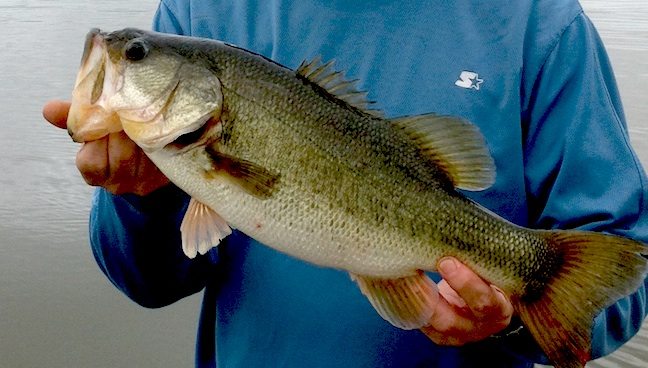
Fall bass fishing in Tennessee is among the best in the country. (Photo by Scott Bernarde)
BIG BASS
Fall bass fishing in Tennessee is not just good by Southern standards, but among the best in the country. A myriad of lakes across Tennessee offers tremendous largemouth, smallmouth and spotted bass action. And the crowds of spring and summer have move on to other pursuits, leaving prime waters less pressured.
One of the best lakes for big bass is Chickamauga, located near the city of Chattanooga.
Encompassing 36,240 surface acres, the lake holds both the spotted bass (6.1 pounds) and largemouth (15.3 pounds) Tennessee state records. The previous largemouth record of 13 pounds, 13 ounces was also caught in Chickamauga. With credentials like these, it’s easy to see why this lake is a top fall bass fishing destination.
Capt. Ben Hayes has lived in the area since 1987 and is a biologist and bass fishing guide for Scenic City Fishing Charters. He has watched Chickamauga go through a multitude of changes over the years and says the number of big bass in the lake can be traced to one source: hydrilla.
“Only in the last six or seven years has the lake started to produce really big bass. It’s due to two factors: the abundance of hydrilla, which provides cover and attracts organisms, such as plankton, and the growth of state-introduced Florida strain largemouth. This coming together of genetics and habitat equals large numbers of bass and large bass themselves.”
Hayes notes that fall is a great time to be on the water at Chickamauga, as the water starts to cool and shad migrate into creeks and sloughs full of hydrilla. He says a topwater frog is the most effective way to catch bass during this time.
Lake Chickamauga is located north of Chattanooga. The Tennessee River flows through it and then down and past the city. There are plenty of public access points on both the east and west sides of the lake.
Tennessee anglers can also pursue smallmouth bass. These beautiful and aggressive fighters are a lot of fun to catch, and Tennessee is home to some of the best smallmouth action in the country. Two lakes in particular are synonymous with these bronze-colored fish. Pickwick is in the southwestern part of the state, while Dale Hollow lies northeast of Nashville near the Kentucky border. Both lakes have a lot going for them, including plenty of local accommodations, public access points and scenic charm.
For huge smallmouths, Dale Hollow cannot be beaten. Not only does the lake hold the World Record for the species — an 11-pound, 15-ounce monster landed by David Hayes in 1955 — but six of the top 10 largest smallmouths of all time have been caught there. The lake’s productivity for big brown bass lies in the fact that everything these fish need to grow is here. Clean and clear water with underwater bluffs, gravel and rocks are all good for smallmouths. An abundance of high-protein food sources, such as shad and crawfish, plus the long Southern growing season equals lots of big smallmouths.
Another important factor is that the Tennessee Wildlife and Resources Agency instituted slot limits, restricting keeping smallmouths from 18 to 24 inches. This means 4- to 6-pound fish are abundant, providing stock to turn into real trophy smallmouths.
Pickwick Lake may not have the giant smallmouths of Dale Hollow, but it still has plenty of big fish. Bronze bass love rocks, and Pickwick has many gravel bars off the main lake that hold fish.
“In the fall, I have a lot of success using jerkbaits on fish up to 6 pounds along the bars,” said Caleb Taylor, tournament angler. “Two of my favorite spots are the bluff walls and the tailwaters below the dam. Fish suspend on those rock walls waiting for baitfish to swim by.
Jigs work well there; allow them to drop slowly in front of the fish and hold on, as the bites are aggressive. Fishing around the steel structure below the dam with imitation shad lures or grubs often produces large numbers of smallmouths for me every fall. Use light tackle and vary the lure retrieve speed for best results.”

As you stalk, survey every tree trunk by trunk and limb by limb, watching for bumps and knots, furry tails and little rounded ears. (Shutterstock image)
DON’T FORGET SQUIRRELS
October also has a multitude of hunting chances. Squirrels are an all-but-forgotten game animal, with countless public areas open all over Tennessee.
Many hunters learned basic outdoor skills, such as gun safety, by chasing squirrels, moving through woods quietly and scouting for game.
Times have changed, however, and youth hunters today are more likely to start out with deer or waterfowl than small game animals. That doesn’t mean that squirrel hunting isn’t still a challenging, fun and inexpensive pastime.
Squirrel guns can be either .22 riffles or shotguns. Any shotgun will work in just about any gauge. The diminutive .410 has taken countless squirrels, most often in single shot form. But anything from 28 gauge through 12 (the 10 is a little too big) will work well in any action type.
A modified or full choke with No. 6 shot is perfect. When the leaves fall from the trees, a .22 LR with a scope is a good option. Rifles can be effective early with leaves still on but it is tougher to obtain a clean shot.
Any piece of land with hardwood trees can be great gray and fox squirrel habitat. However, timber stands with a multitude of red oaks, white oaks and hickory trees have what squirrels need to flourish. These trees produce mast crops, which are the primary food sources for squirrels and many other game animals.
While scouting, look for acorns that have been cut by sharp teeth on the ground around trees. Squirrels need den trees as well, and often will use the same area they are feeding in to live. Look for large nests in the limbs and holes that could house squirrels. Concentrate in these hardwood forests and be patient.
Wildlife management areas are owned by the state and maintained for hunting in every region of Tennessee. A WMA small-game permit is required in addition to regular hunting licenses to hunt these public lands. Check the TWRA website for a complete list of WMAs, along with the Tennessee Valley Authority and the Corps of Engineers to find public lands open to squirrel hunting.
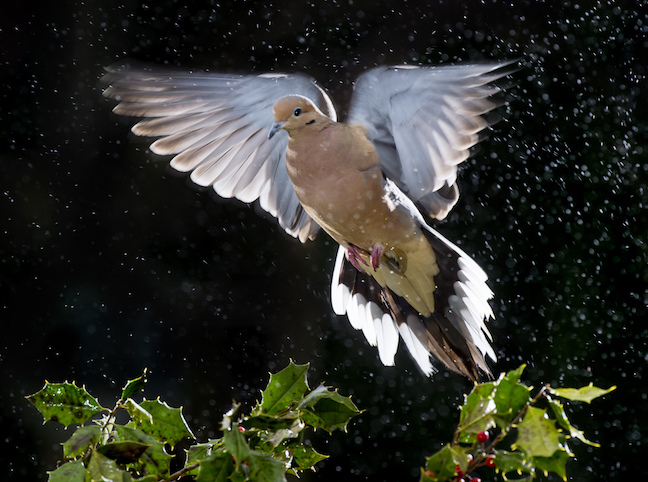
Don’t overlook dove hunting in Tennessee. (Shutterstock image)
DOVE OPPORTUNITIES
Another often overlooked October outdoor opportunity is dove hunting. The September dove opener is much anticipated in Tennessee, as it marks the beginning of the fall seasons. However, once the first five days or so have passed, the vast majority of hunters never again go after doves even though the season is open much longer.
This is a great time to be outdoors, as the weather has normally cooled and flights of doves have migrated in from the north.
Tennessee has many public areas open for dove hunting. A quick look at the TWRA website reveals that 48 state managed fields across all four regions for dove hunting. These fields are a mix of dove foods, including sunflowers, wheat and buckwheat. Most are on WMA properties requiring small game permits, but some are in state parks, TVA lands and other state-leased lands.
A user-friendly map link is provided on the website showing every dove property marked with a red star along with directions. Also provided is all pertinent information, such as permit requirements, the type of food planted and when the properties are open for hunting. Some are only available for a few days, while others are open only on certain days of the week. However, the majority of dove fields are open for the entire season.
Region 1 covers the western part of Tennessee and is home to the most state-prepared dove fields, at 20. Shelby County Game Warden Andy Tweed is a veteran officer who checks many dove hunters each season and enjoys hunting doves himself. One of his favorite spots in his area is the Bomprezzi Unit of the Eagle Lake Refuge located near the Mississippi River and north of Memphis.
“Bomprezzi was planted in sunflowers last season — 22 acres of it,” Tweed said. “There were a lot of birds and a lot of hunters there for opening day and through the Labor Day weekend. And everyone did pretty well. The area is open for the entire season, though, and later on no one was there even though doves were still around.”
In fact, most dove areas receive very little pressure after the initial opening of the season, which means that hunters can have areas pretty much to themselves.
These, of course, are just some of the many outdoor activities open to hunters and anglers during October. There are many others, of course; the main thing is to get outside and enjoy them this fall.
The post Fall Hunting and Fishing in Tennessee appeared first on Game & Fish.

